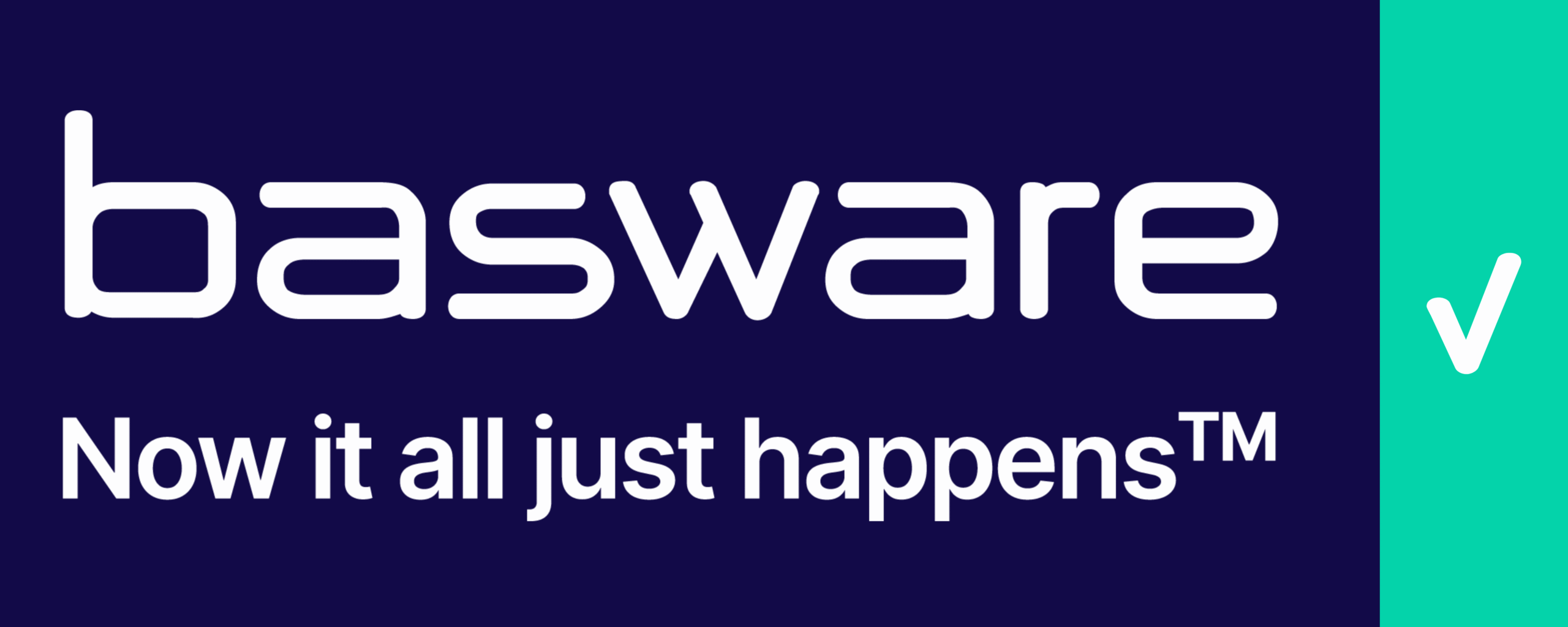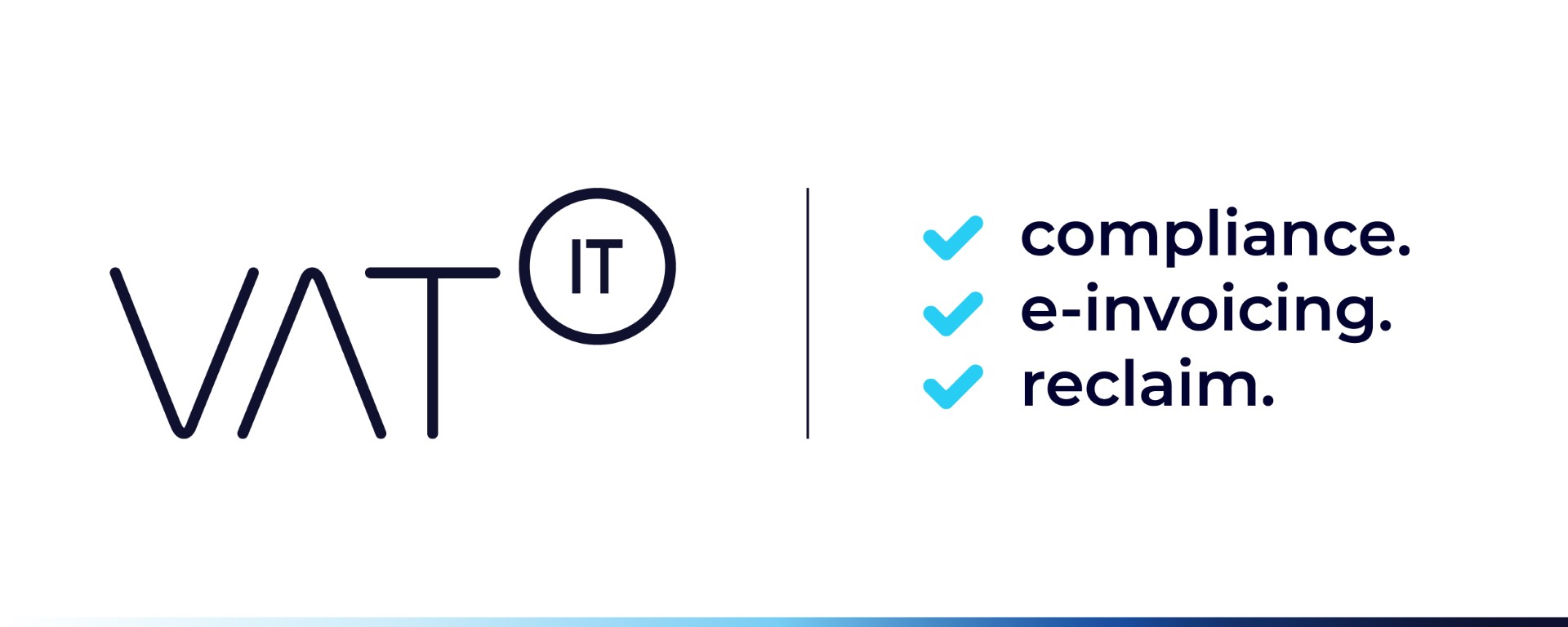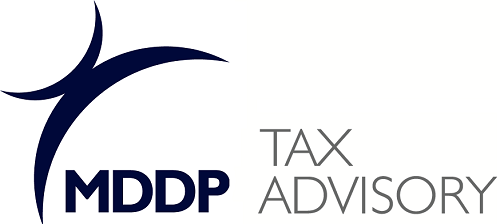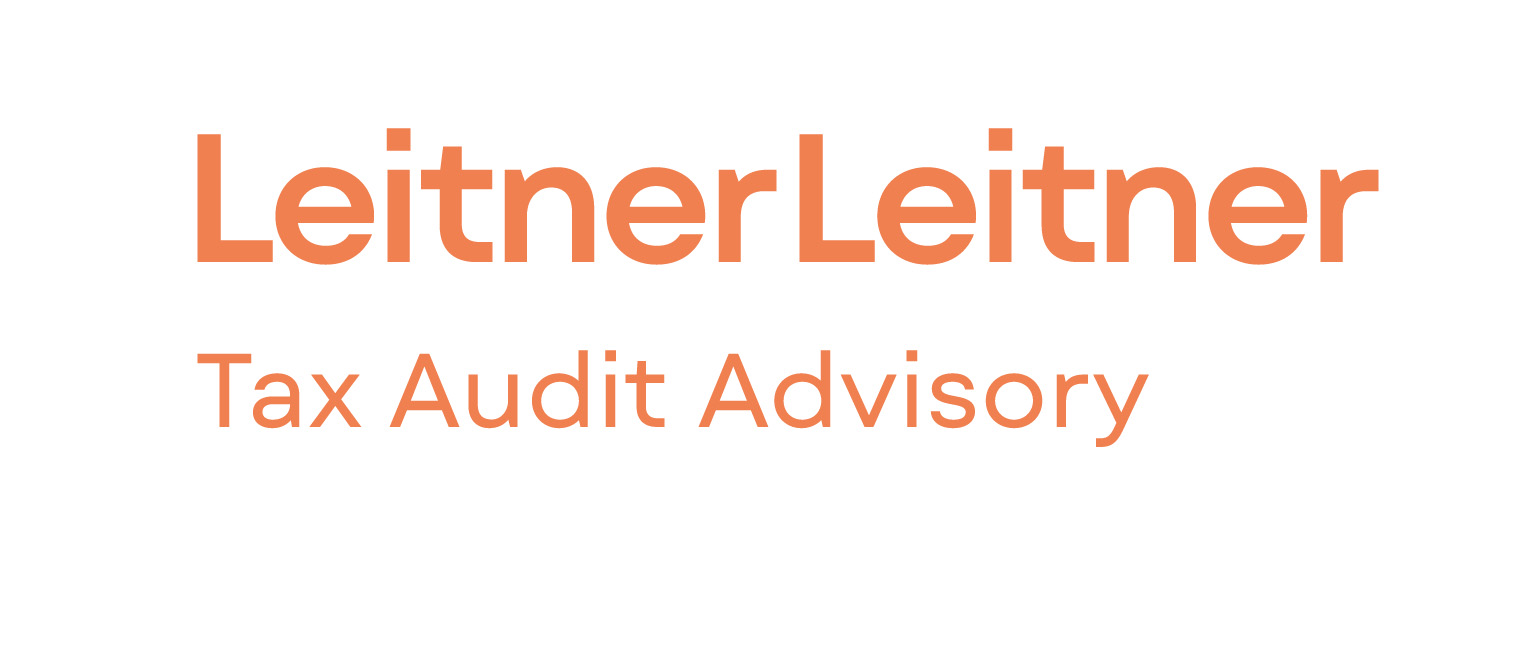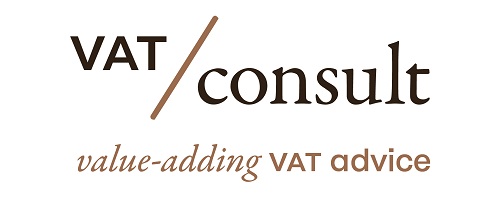- The European Commission plans to digitize VAT settlements in the European Union and better protect Member States’ budgets against fraud through the “VAT in the Digital Age” directive.
- The directive aims to modernize VAT reporting obligations by introducing Digital Reporting Requirements (DRR) and imposing the use of e-invoicing in cross-border transactions for B2B transactions from 2028.
- Taxable persons identified for VAT purposes must submit information on each intra-Community supply of goods, each intra-Community acquisition of goods, and each supply of a taxable service in a Member State other than where the supplier is established.
- The European Commission proposes creating a central electronic VAT information system (central “VIES”) to combat VAT fraud by aggregating information on each taxable person’s cross-border B2B transactions.
- The new information should be entered into the central VIES within one day after collection by the domestic tax administration.
- The information will be stored in the central VIES for five years and available to authorized officials to control the correct application of VAT rules and combat VAT fraud.
- Recapitulative statements (EC Sales List or ESL) will be withdrawn, and mandatory e-invoicing and DRR will be introduced.
- European Union businesses have expressed concerns about the short time allowed for sending e-reports, requesting an extension to two weeks.
Source Comarch
Latest Posts in "European Union"
- CJEU Clarifies 0% VAT Documentation for Intra-Community Supplies: Key 2025 Ruling for Businesses
- Key CBAM Changes for EU Importers Effective January 2026: New Thresholds and Reporting Rules
- GENA Urges EU to Harmonise and Expand Digital E-Invoicing in Public Procurement Reform
- Audit Office Monitors Council’s VAT Filing Amid Potential £600k HMRC Fine Risk
- EU VAT Gap 2023: Key Findings, Country Comparisons, and Policy Insights from Mind the Gap Report




